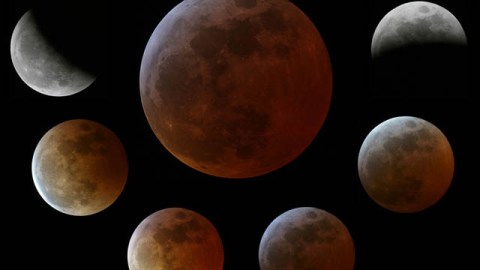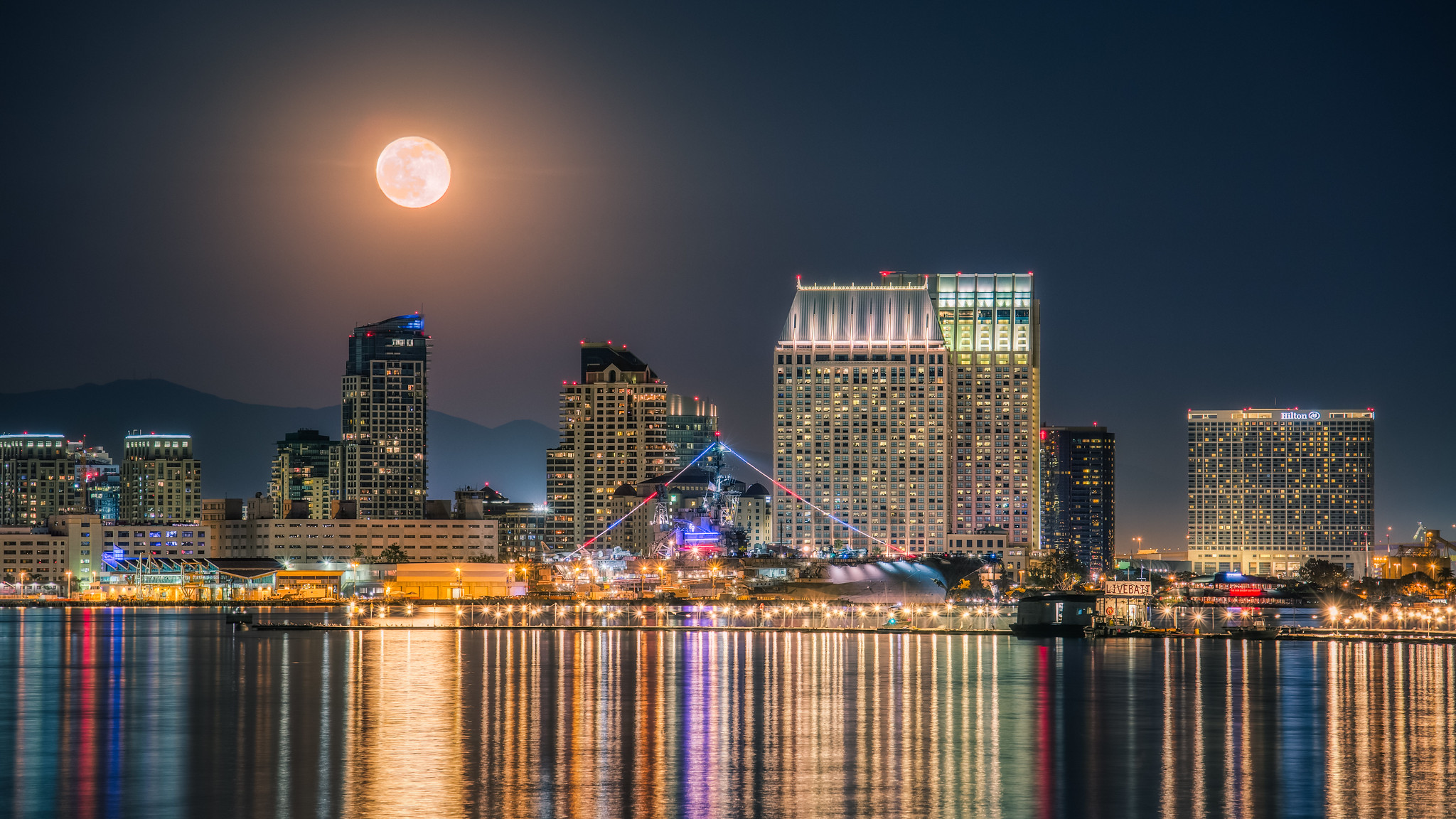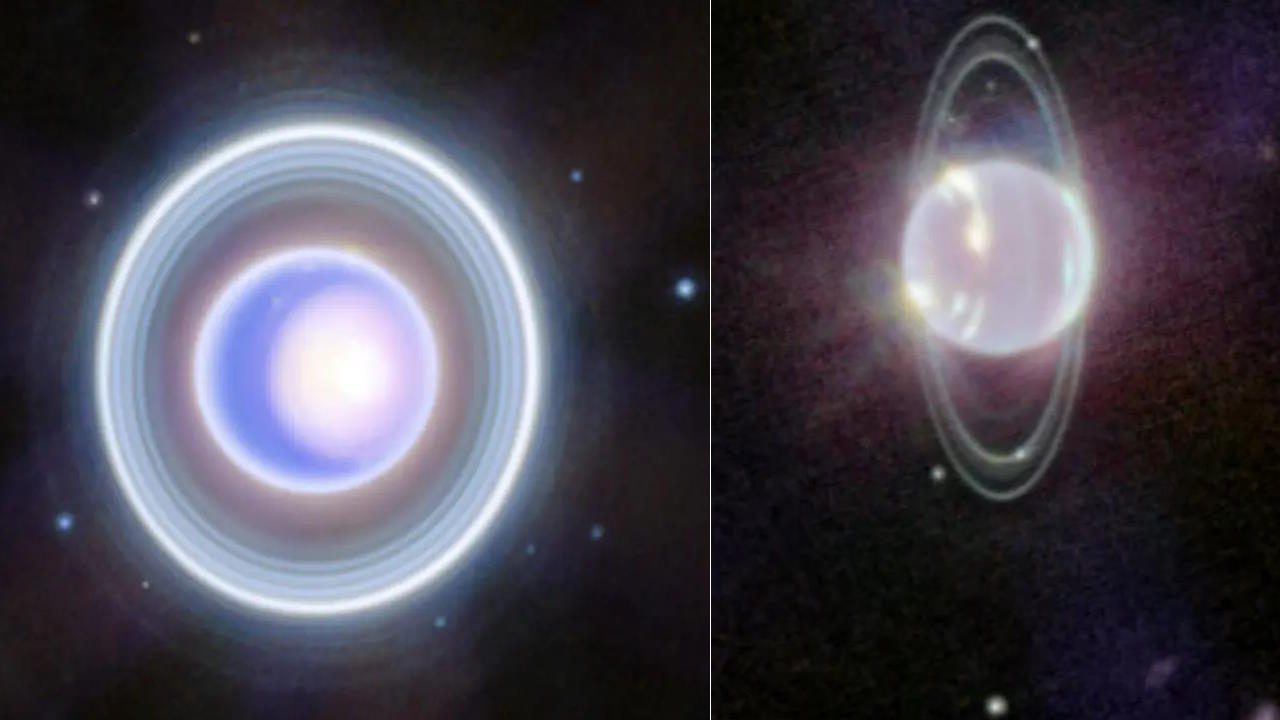Rare Cosmic Event to Transpire Tuesday Morning

You have two options: Stay up Late or Get up Early!It’s been over thirty months since the continental United States in it’s entirety has been able to view a total lunar eclipse. Keep your eyes on the sky next Tuesday morning, December 21st. The moon will hit a particular point in its orbiting cycle so that the Earth will be directly in line with it and our sun, giving us a total lunar eclipse. Keep an eye on the top left edge, where NASA states the “Earth’s shadow will appear as a dark red bite at the edge of the lunar disk.” Unlike a solar eclipse where the corona of the sun in its full brilliance will burn your retinas; looking at a lunar eclipse requires no special eye wear or protection. NASA states that the eclipse cycle is expected to last over three hours and will commence at approximately 1:33 a.m. EST (pay attention to upper left edge) and end just after 5:00 a.m. EST with the moon reaching a vibrant coppery-red coloration at about 3:17 a.m. at Mid-Eclipse. The moon will be completely in shadow from about 2:40 a.m. EST to 3:54 a.m.

In terms of location and visibility, NASA sums it up by stating: “The entire event is visible from North America and western South America. Observers along South America’s east coast miss the late stages of the eclipse because they occur after moonset. Likewise much of Europe and Africa experience moonset while the eclipse is in progress. Only northern Scandinavians can catch the entire event from Europe. For observers in eastern Asia the Moon rises in eclipse. None of the eclipse is visible from south and east Africa, the Middle East or South Asia.”
We can enjoy total lunar eclipses around every five years or so, but there is something extremely unique about next week’s event. This particular eclipse will coincide with the December winter solstice, the longest night of the year. A total lunar eclipse on a winter solstice is a very rare event: the last one took place over 450 years ago. It might be a good idea to try and brave the cold for the viewing, even if it’s for 10-15 minutes every hour or so until it’s complete, because you won’t be able to enjoy it again until around 2401. There will be another total lunar eclipse sometime in April 2014, but it will certainly not be as rare.
FORGE FX Simulations, in cooperation with Pearson/Prentice Hall, has created a Interactive 3D Learning Simulation. Click Here to enjoy the “real-time 3D simulation allowing you to control and interact with solar eclipses, lunar eclipses, and the different phases of the moon. The moon revolves around Earth in an elliptical orbit. It takes the moon about 27.3 days to orbit Earth once. This interactive 3D simulation demonstrates how this orbit causes the phases of the moon and eclipses.”





